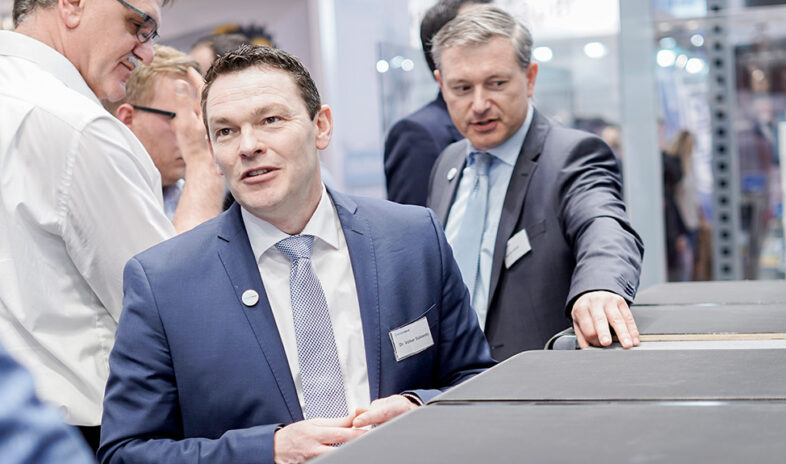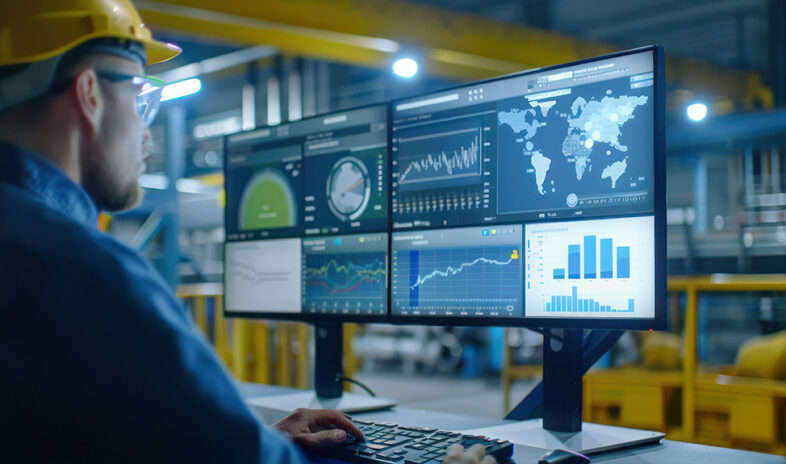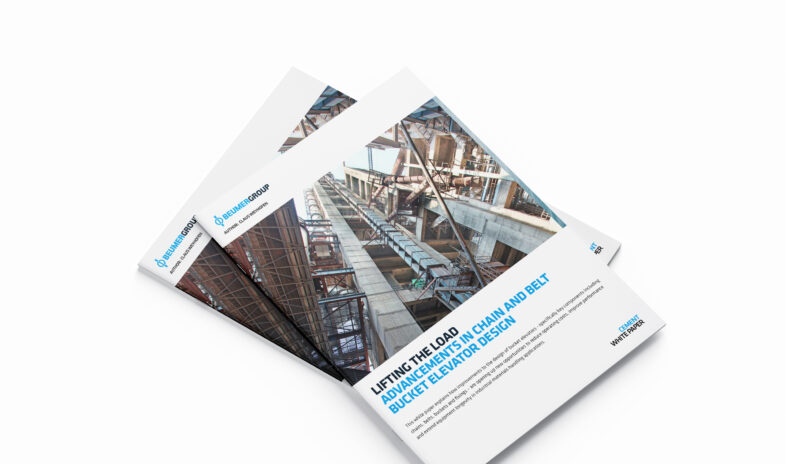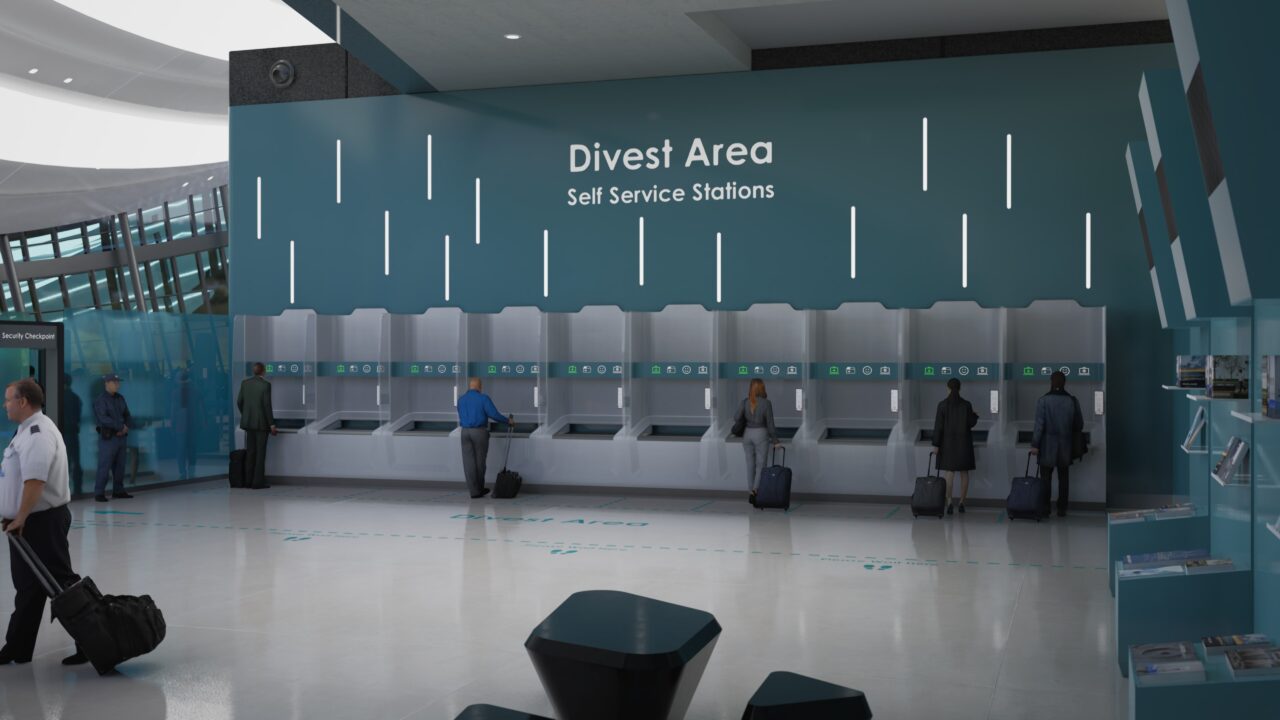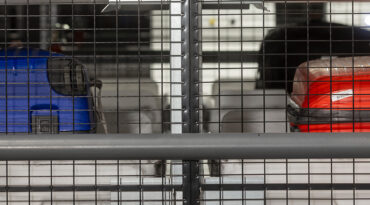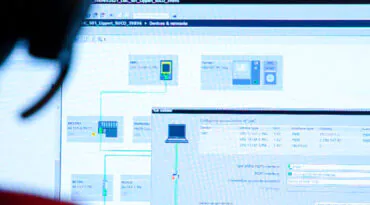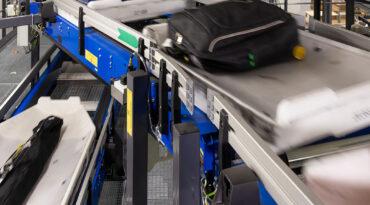RETHINKING SCREENING FOR HAPPIER PASSENGERS
A new approach to thinking passenger screening systems offers a way around these difficulties, by offering a new self-service solution that relies on automation and systematically addresses all security screening pain points.
A new system design means that passengers could arrive at Security Screening to minimal queues, enabling them to pass through in approximately three minutes, making the process much faster and alleviating fears they will miss their flight.
While Security Screening today involves linear processes, the system rethinks the SSL to make it a parallel process. It no longer requires passengers to take items out of their luggage, as everything goes in one slightly longer closed tray instead. The benefits of this are numerous, including optimising the passenger experience with less hold ups by slower passengers and keeping costs to a minimum.
With the self-service security system, passengers reaching security follow just three steps:
- Divest their belongings into a tray and have their photo taken (automated).
- Undergo a passenger check (manual).
- Head to recheck for a further inspection or automated reclaim to collect their tray using their biometric ID.
BENEFITS OF AUTOMATED SCREENING FOR PASSENGERS
Automated screening offers a variety of benefits for passengers as it removes a significant amount of anxiety-causing elements from the security screening process:
- No need for multiple trays; the given tray is longer and deeper, with plenty of room for everything, and it also has a lid for protection and extra security.
- No removal of liquids, laptops etc, as the 3D scanning technology used by CT machines means passengers are no longer required to take any items out of their bags.
- No more exposed possessions – nothing stresses passengers out more than losing sight of their valuables. With the sector system, the tray enters the system and does not leave it until it’s reunited with its owner. Track and trace technology ensures it does not get lost.
- Shorter passenger waiting times (by 20 – 25% on average, and 8 – 10% during peak seasons) as unpredictable incidents are reduced, there are no issues with pushback on the conveyer belt and bottlenecks, and it’s easier to overtake slow passengers
- Security screening can be ugly on the eye and taxing on the brain. Using automation to reconfigure the screening process (including passenger flow and terminal layout) will improve the passenger experience.
BENEFITS OF AUTOMATED SCREENING FOR AIRPORTS
As the system was designed to keep costs to a minimum while optimising the passenger experience, it not only provides a smoother passenger journey but also improves OPEX and leads to more efficient resource utilisation:
- Centralised automation: monitoring of CT scans is carried out in a centralised system.
- More efficient utilisation of resources: the number of costly CT machines can be cut by 50%. The system design will raise the machine utilisation rate, which is typically low.
- More efficient use of staff: for every four SSLs in use, airports will be able to optimise their staff numbers and the number of floor walkers (2-4 personnel deployed to help passengers struggling with technology).
- Cost savings: the airport will need fewer trays.
- Reduced need for one-to-one handling of passengers: passengers are prone to getting annoyed when staff ask them abruptly whether their bag contains liquids or electronics, or tells them to remove shoes, etc.
- More efficient use of terminal space: one centralised system can replace four SSLs to create an attractive screening area.
- Automated return of trays: staff will no longer need to manually collect trays, as the system will automatically return them to the divesting area.
- Cost: the solution can deliver major operational efficiencies for airport operators, who can expect to cut the Security Screening area’s OPEX by 30 – 40%.
TAKEAWAY
Automated screening offers a variety of benefits for both passengers and airlines, and could even offer the most benefits in peak periods, as the number of machines used can be expanded as necessary. When passengers have a smooth journey through the airport, they are more likely to recommend the airport, be keen to book again, and spend more money at the services, amongst others.
The internal benefits also lead to more satisfied employees – and allow for the development of predictive analytics and other ways to improve efficiency. Through greater automation and centralisation, the stress of screening could become a thing of the past, both for travellers and internal operations.
